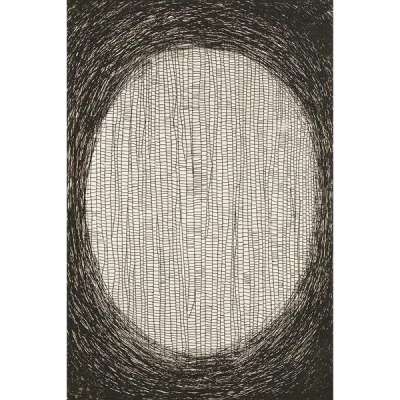Self-Portraits
The following prints by Japanese artist Yayoi Kusama comprise self-portraits, in frontal compositions that reflect the artist’s contemplative, philosophical outlook. Kusama is famed for her boundless self-expressiveness, and for using her art to reflect her psycho-somatic experiences, in her self-portraits, these qualities are at their peak.
Yayoi Kusama Self-Portraits For sale
Self-Portraits Value (5 Years)
With £15745 in the past 12 months, Yayoi Kusama's Self-Portraits series is one of the most actively traded in the market. Prices have varied significantly – from £809 to £16192 – driven by fluctuations in factors like condition, provenance, and market timing. Over the past 12 months, the average selling price was £5248, with an average annual growth rate of 14.32% across the series.
Self-Portraits Market value
Auction Results
| Artwork | Auction Date | Auction House | Return to Seller | Hammer Price | Buyer Paid |
|---|---|---|---|---|---|
 Self-portrait, Kusama 9 Yayoi Kusama Signed Print | 12 Jul 2025 | SBI Art Auction | £5,100 | £6,000 | £7,000 |
 Self-portrait, Kusama 221 Yayoi Kusama Signed Print | 12 Feb 2025 | Phillips New York | £3,060 | £3,600 | £4,900 |
 Self-portrait, Kusama 217 Yayoi Kusama Signed Print | 20 Oct 2023 | Christie's Hong Kong | £5,525 | £6,500 | £8,500 |
Sell Your Art
with Us
with Us
Join Our Network of Collectors. Buy, Sell and Track Demand
Meaning & Analysis
Japanese artist Yayoi Kusama’s self-portraits frequently show the artist in frontal compositions, with an unerring gaze directed at the viewer, reflecting the artist’s contemplative, philosophical outlook. Yet, the philosophical quality of her self-portraits runs deeper. In her Self-portraits, Kusama uses her trademark patterns of polka dots and Infinity Nets to simultaneously assert her identity, and to promote her understanding of herself as in ‘unity’ with the rest of the universe.
Kusama is famed for her boundless self-expressiveness, and for using her art to reflect her psycho-somatic experiences. In her Self-portraits, these qualities are at their peak. Her use of dots throughout her art, is famously a means of coping with her experiences of hallucination, which, as a child manifest in the form of terrifying visions of bright lights, spots and other obliterating patterns. As she states that, ‘Our earth is only one polka dot among a million stars in the cosmos’, it is apparent that her dots are also her means of grounding herself peacefully in what could otherwise be a frightening existential realisation. Adorning her self-representation in polka dots, then, she makes as a strong statement that, while depicting her individual self, she is also obliterating an egocentric view of the self, and recognising her interconnectedness.
Self-portrait, Kusama 221 evidences the artist’s production of abstract self portraits, as well as figurative ones. The etching, produced in 1995, is composed of an oval, with Kusama’s signature net pattern in black on a blank background, encased in a much darker web of shading. The design calls many things to mind: the vignetted style of early photographic portraiture, a black hole, a womb or spider’s nest, or a face missing its features. This uncanny web of allusions suggests Kusama’s fascination with her place in the cosmos. Quoted in 1971, Kusama states “When we obliterate nature and our bodies with polka dots, we become part of the unity of our environment… and we obliterate ourselves in love”. While she uses her other famous pattern, nets, rather than polka dots, the desire to show her ‘unity’ with her environment, having ‘obliterated’ the defining qualities of portraiture (ie. her facial features) helps to explain the abstract nature of this print, with all its allusions to archetypal symbols of birth and creation. Her pattern, which recalls her early Infinity Nets paintings, aids Kusama’s intention, as she portrays the individual as enmeshed in the broader cosmos, in line with her spiritual beliefs.










